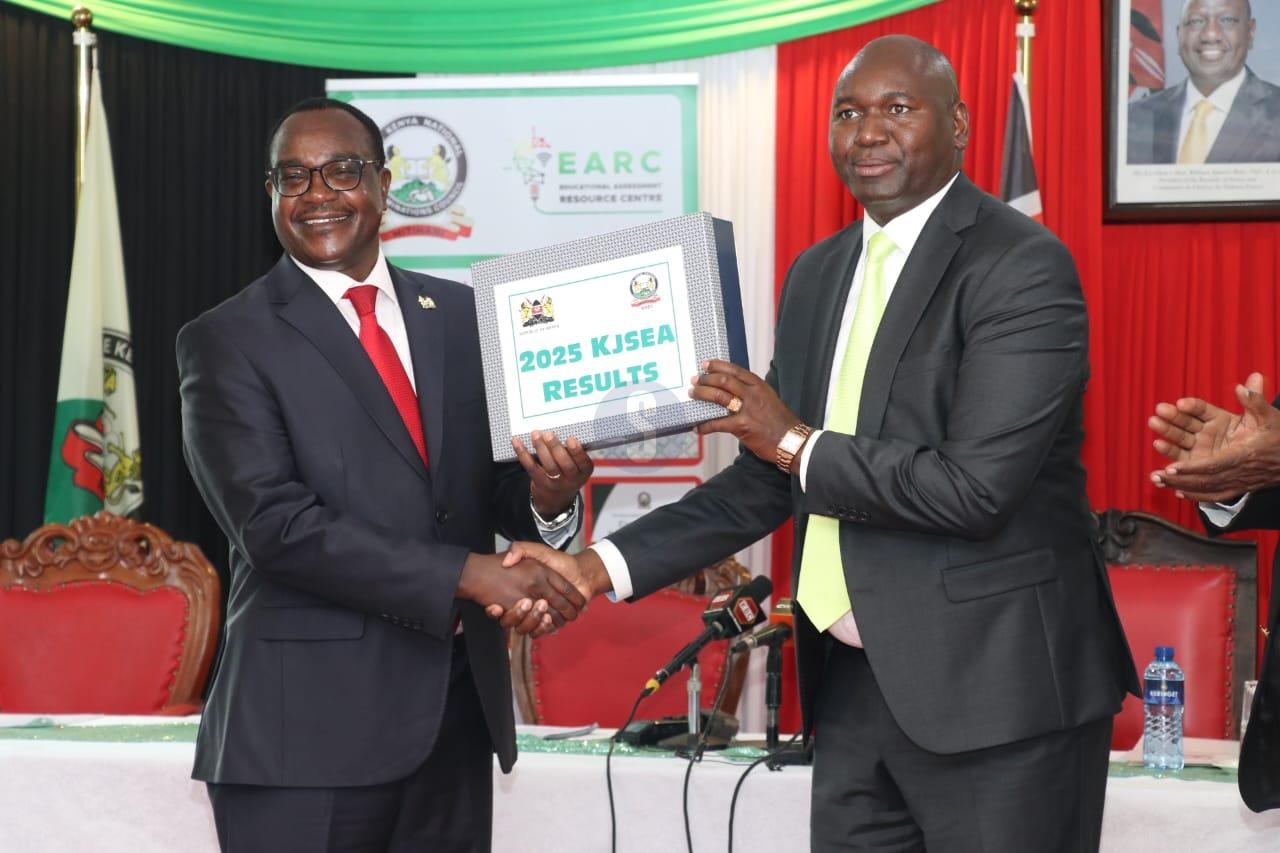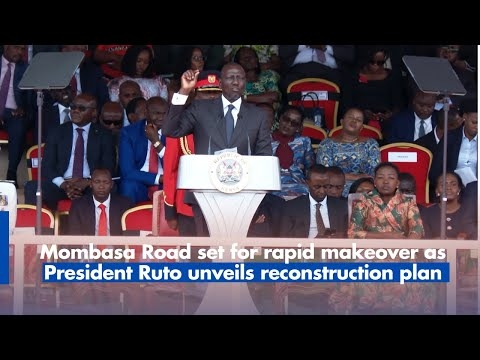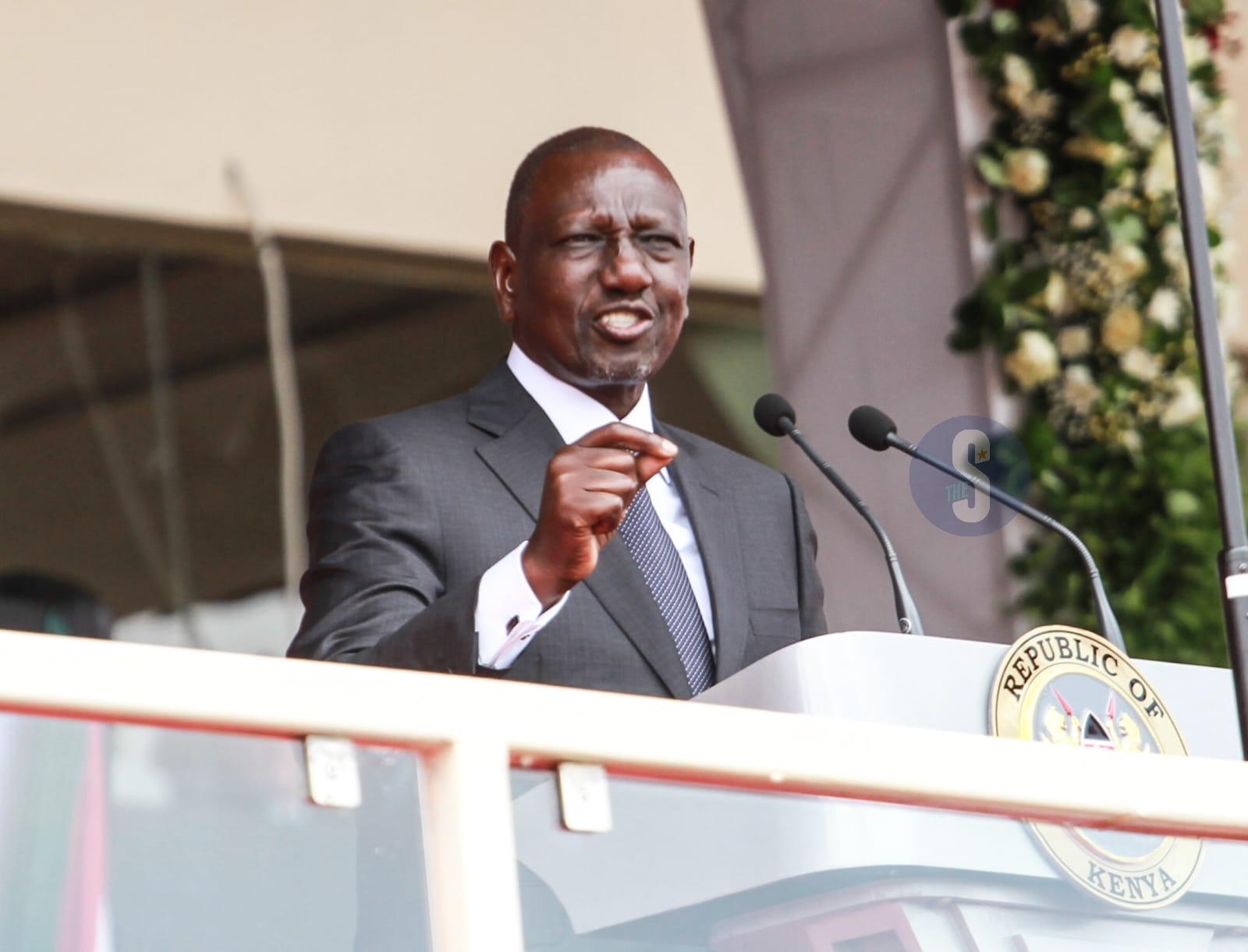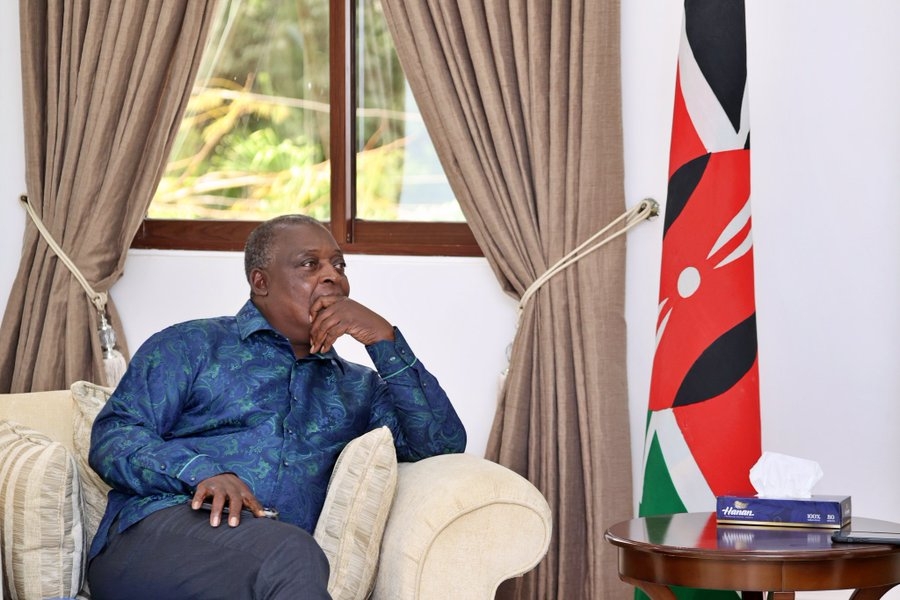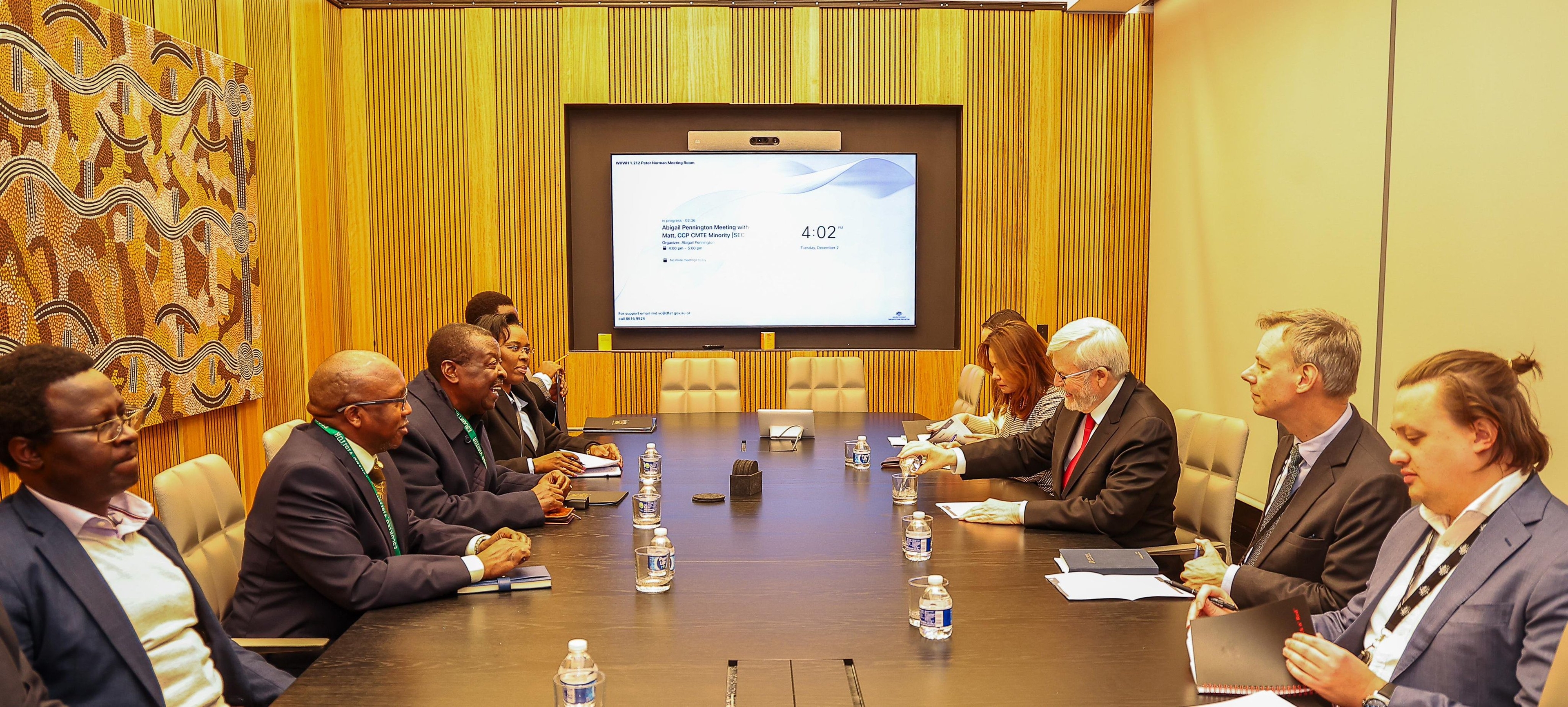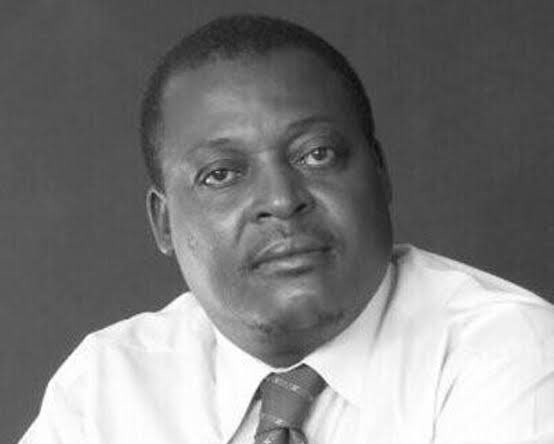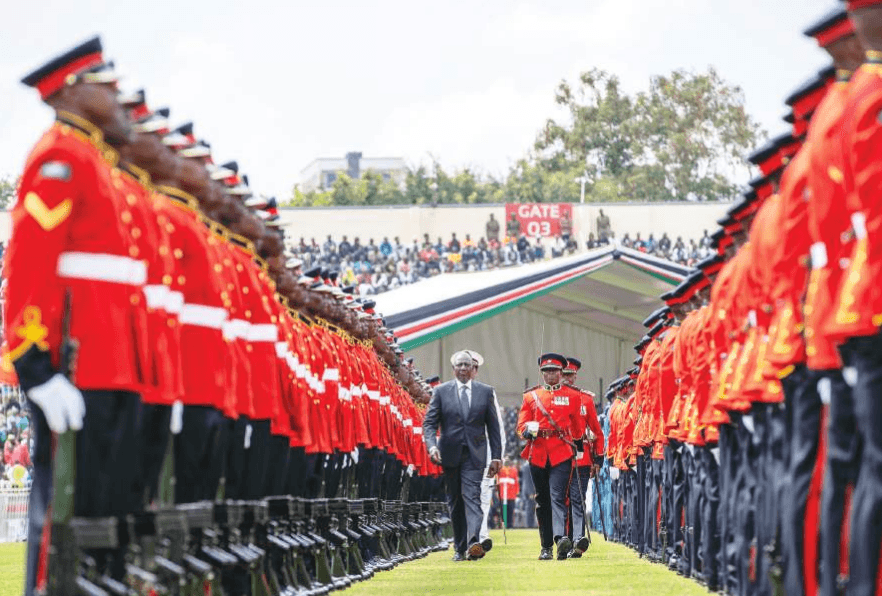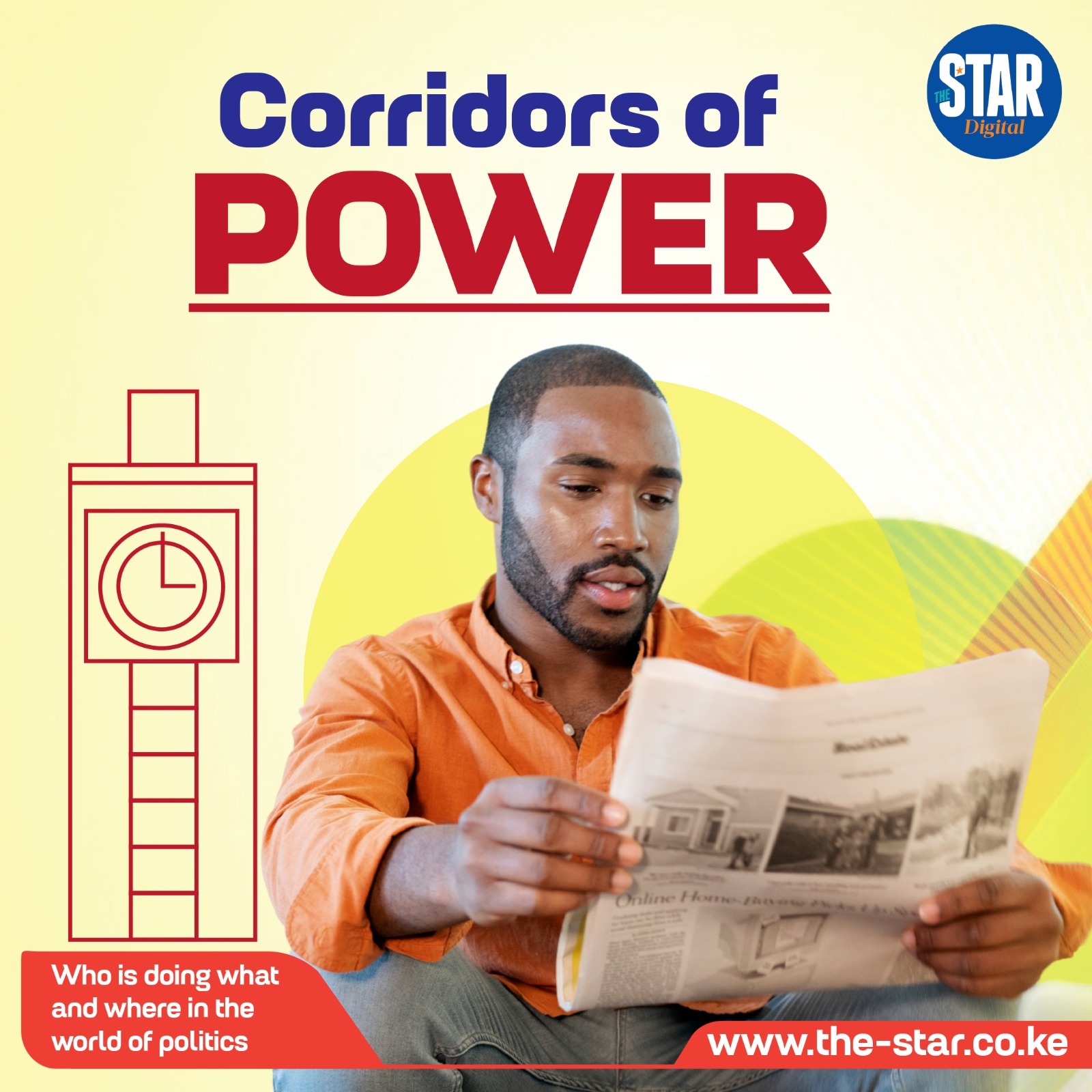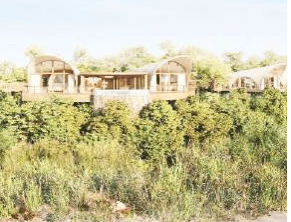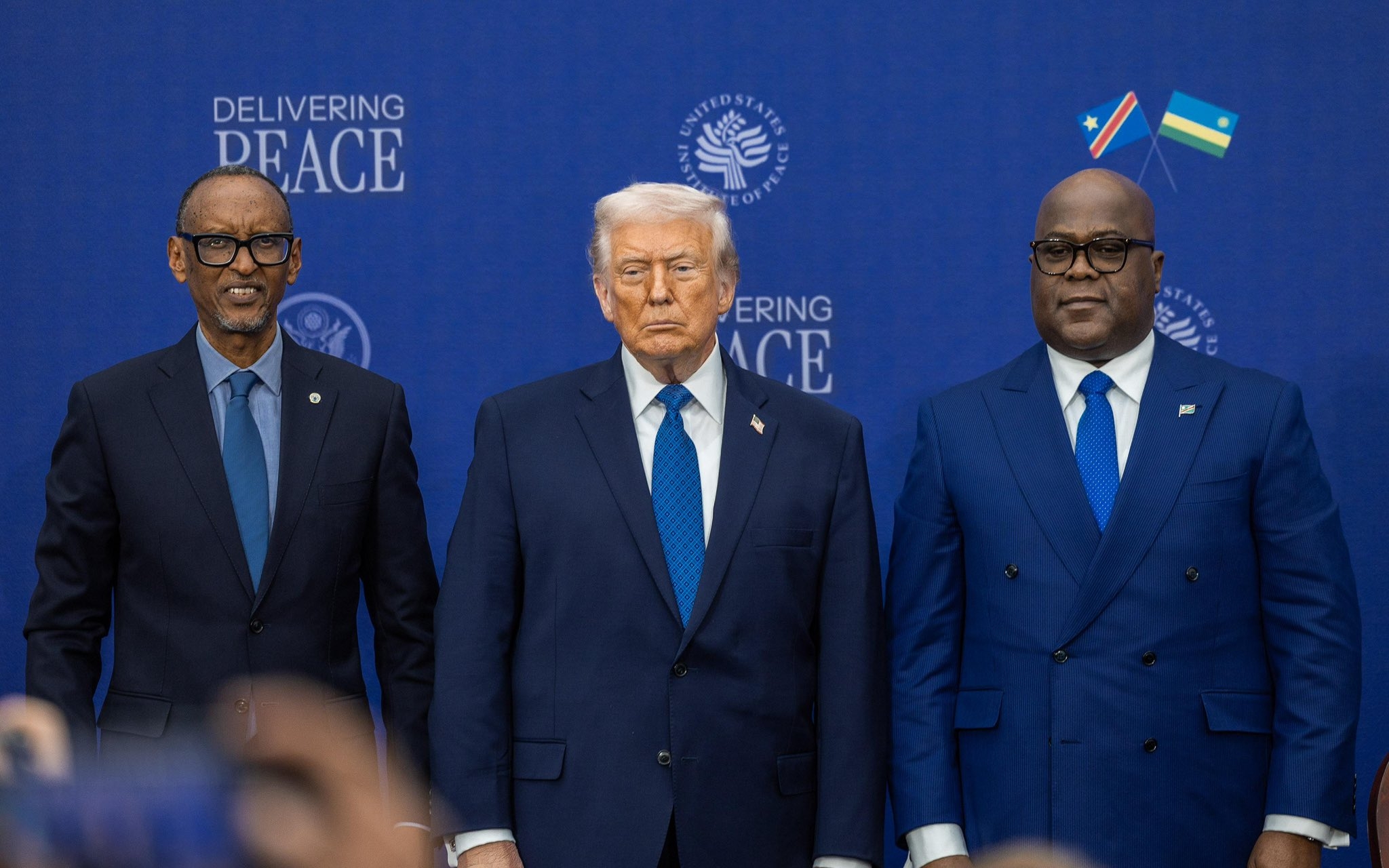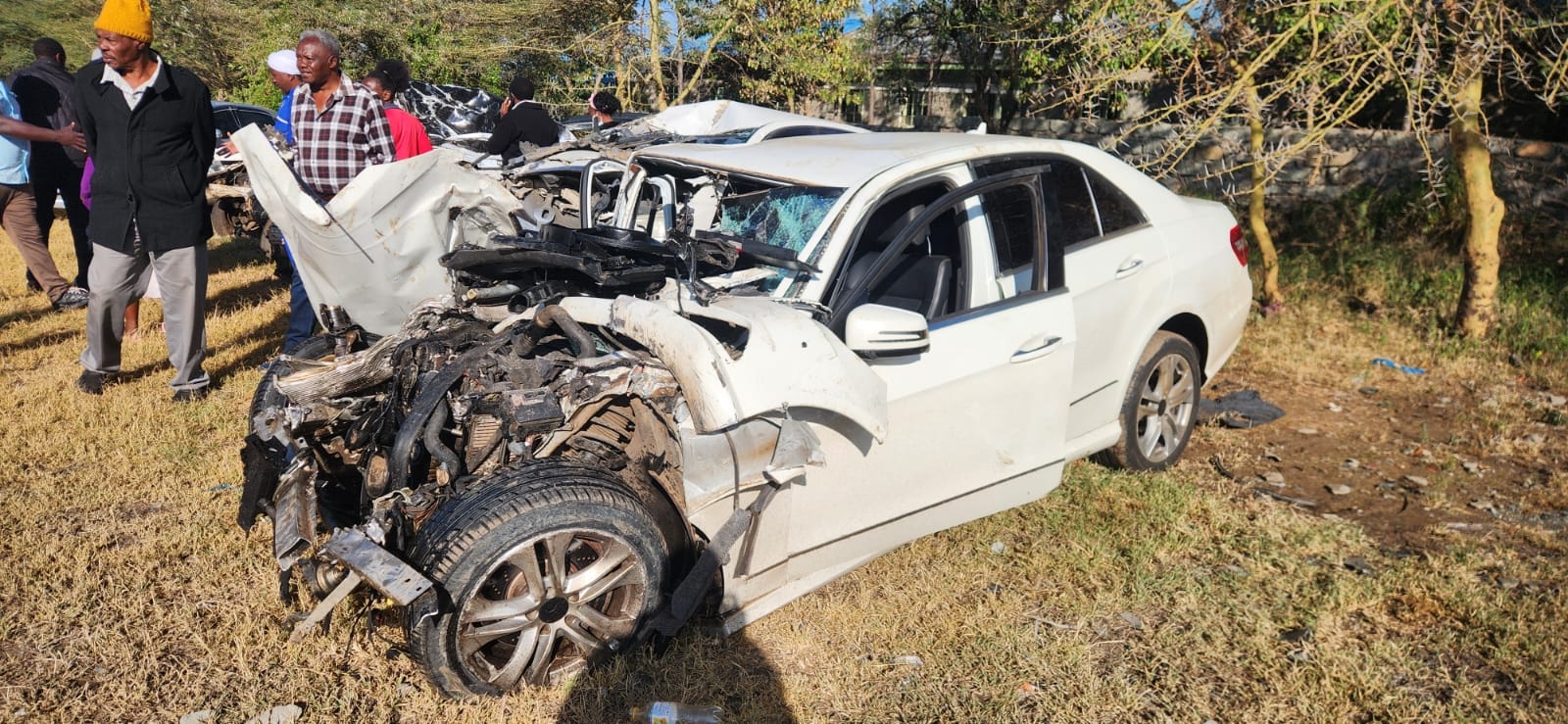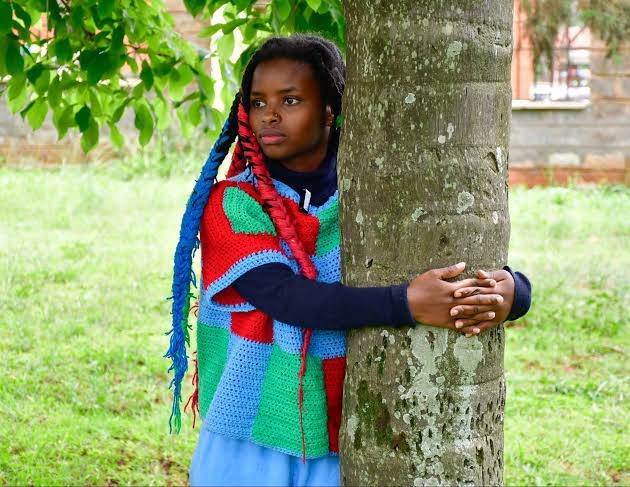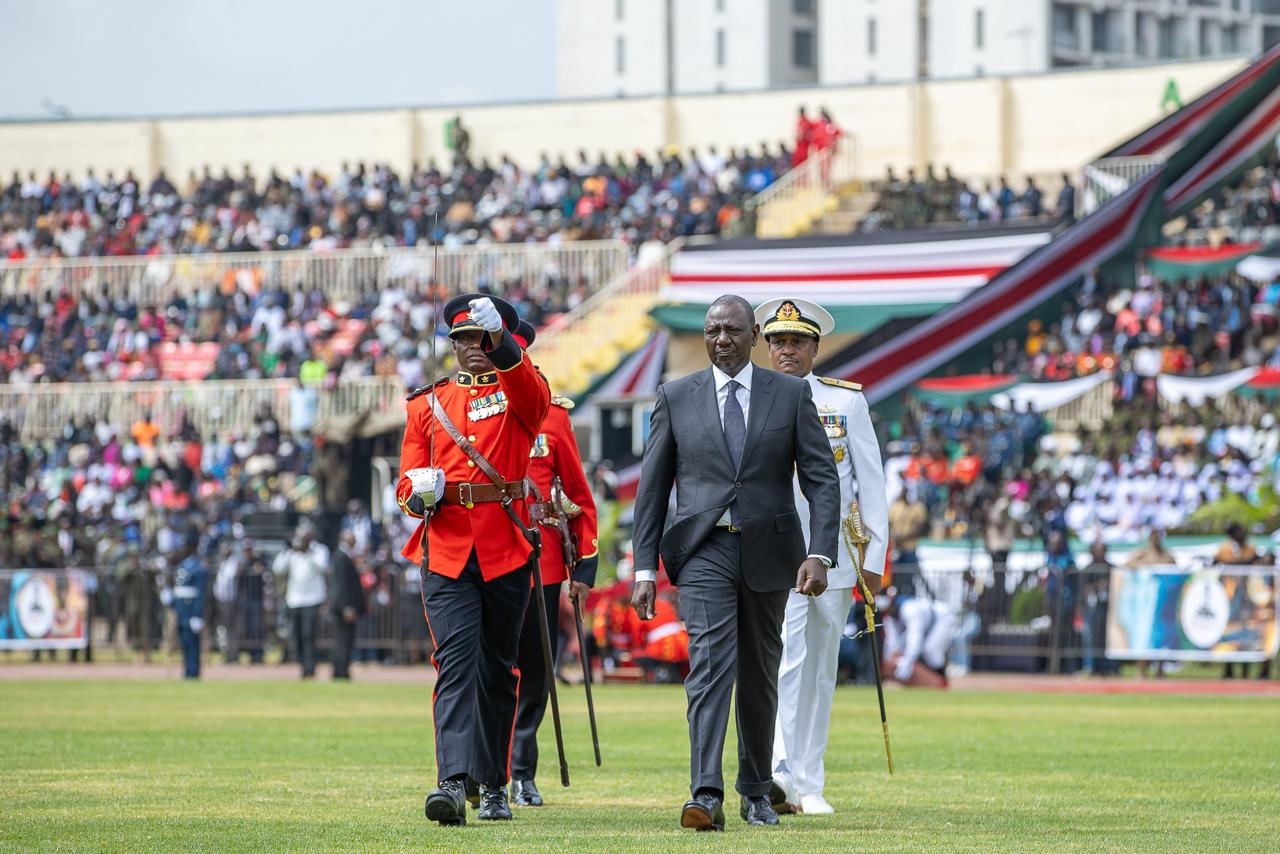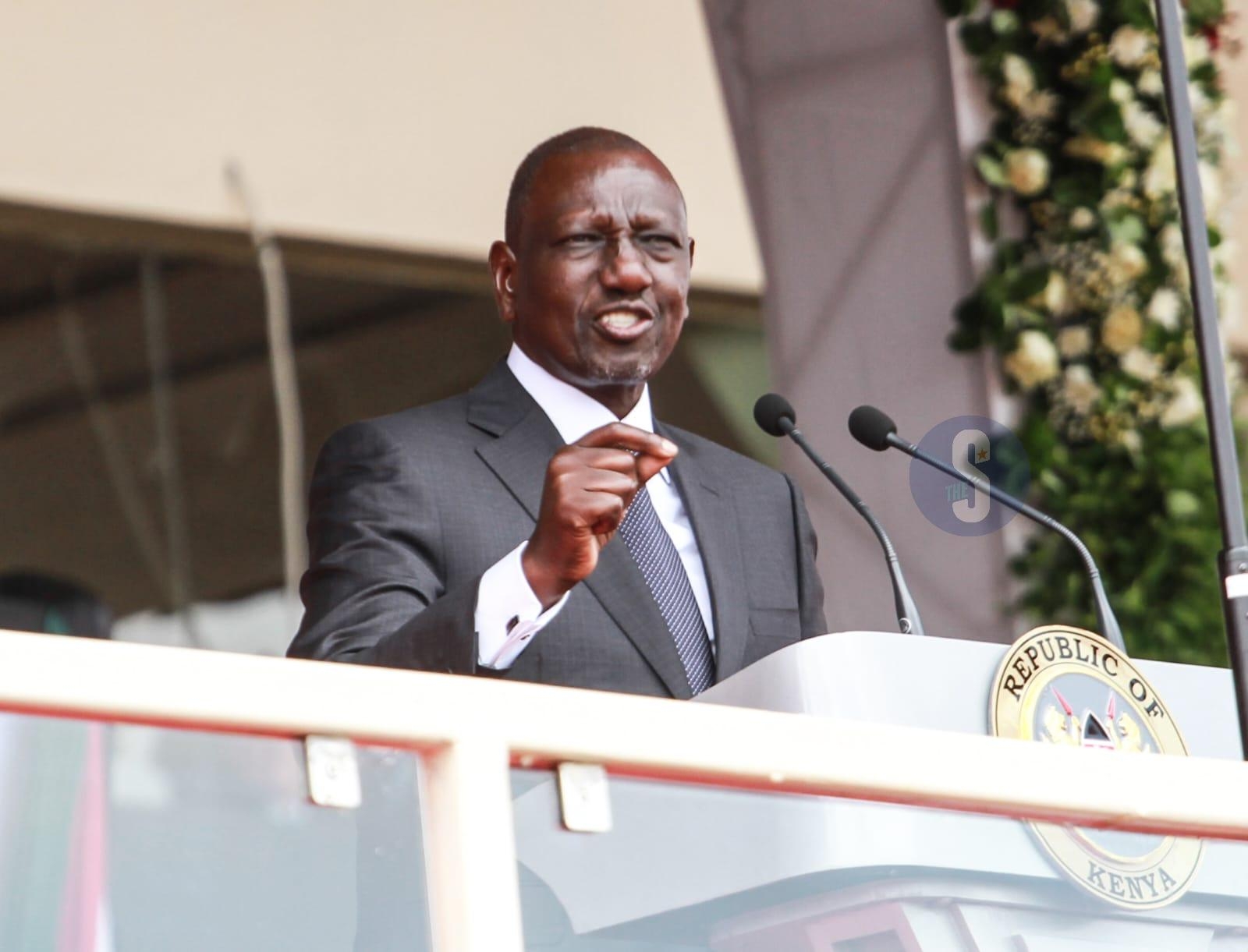Mombasa government has launched a waste bin system project to improve efficiency in waste collection at households.
The project, which is in partnership with World Wide Fund for Nature, is targeting 800 households.
It will be rolled out in Mvita and Likoni subcounties.
Environment chief officer Pauline Oginga said segregation of waste at source will help the county save on the cost of transporting waste to dumpsites.
“Segregation of waste will help the county reduce the cost of taking waste to the dumpsites and it will also create jobs for our people in recycling,” she said.
To kick off the project, the county received Sh8.7 million equipment such as waste bins, bin bags, shoes, helmets, gloves, and four electric tuk tuks.
Each household will receive three bin bags to separate wet and dry waste and one bag to keep waste that the county has yet to acquire technology to recycle.
Oginga said Mombasa produces about two tonnes of waste daily, with only 56 per cent of it being taken to dumpsites.
The rest ends up in illegal dumpsites and the streets, blocking drainage systems within the county.
“The county spends about Sh550,000 daily to transport waste to dumpsites. If we reduce this through waste segregation, it means we will only take 5 per cent to Mwakirunge,” Oginga said .
A team of 780 people has been tasked with ensuring collected waste is taken to designated dumpsites.
She said through the pilot project, they have done enough sensitisation to the selected households and waste collectors and hope for behavior change once the project kicks off.
“When this project kicks off, there is going to be behavior change that we are going to see. And if we go this direction, it means those dealing in segregated waste like plastic and metal will have an easy way of accessing these products for recycling.”
“At the same time, these products will not end up in environments where pollution takes place and we are also going to avoid situations where plastic materials end up clogging our drainage systems, thus saving us money,” she said.
The county is also looking at turning the Mwakirunge dumpsite into a sanitary land fill and also setting up a material recovery facility.
In partnership with the European Investment Bank, the county undertook a feasibility study and agreed to set up the material recovery facility in Mwakirunge.
WWF head of people and culture Bernard Atunga said for Mombasa to have a sustainable waste management system, then waste segregation has to start at the source (households).
“We need to segregate the waste from the source, once we do that, it reduces the strain of taking it to the dumping site,” Atunga said.
The project, he said, was necessitated by problem of waste management, which has seen Mombasa face floods whenever it rains heavily due to clogged drainage systems.
“We saw it was a good space to start in Mombasa and then we will roll it out in other counties too after seeing how it works,” he said.
“We are working with county for the purpose of sustainability because the county will take over the project later to scale it further to the remaining sub-counties.”


